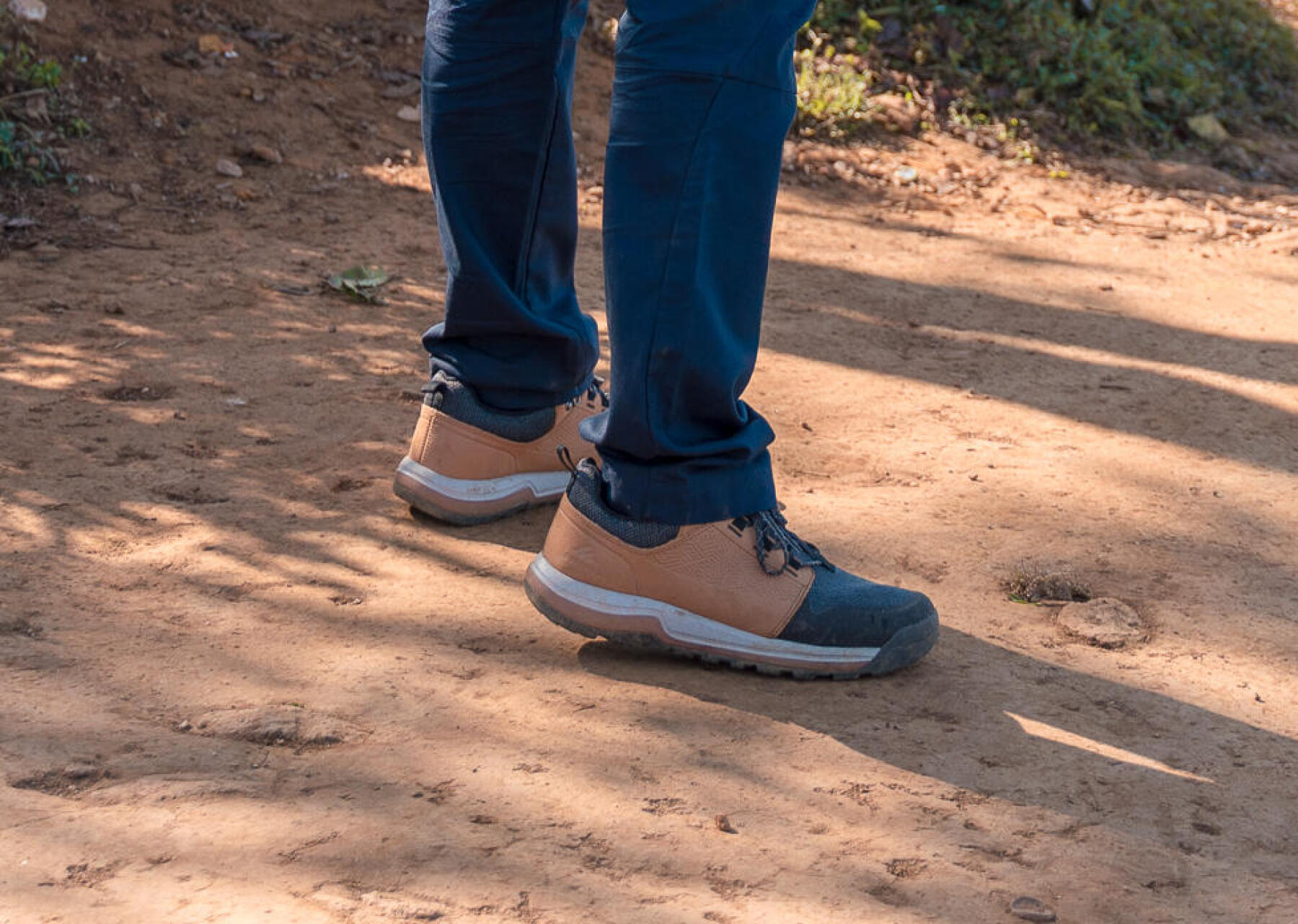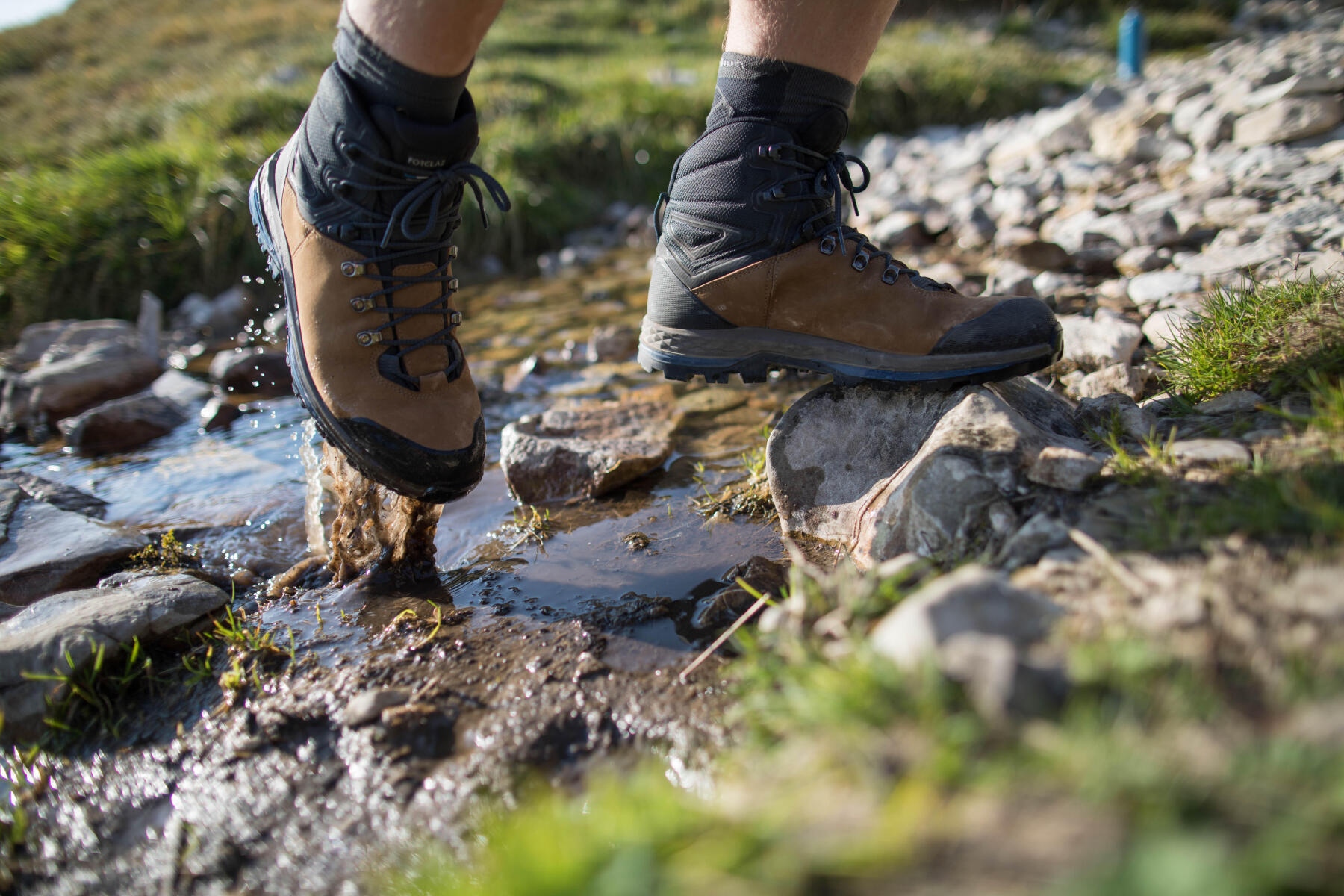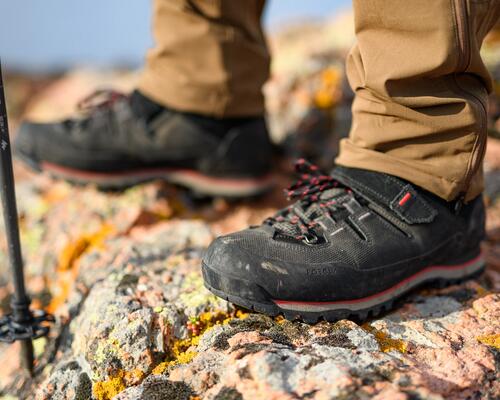For flat and easy hiking trails
If you're hiking on well-marked, well-maintained trails with low elevation levels, opt for flexible, lightweight hiking shoes or boots.
They're usually made with breathable, waterproof fabric, which offers less support but plenty of comfort to keep you going for several kilometres, even when carrying a small backpack.








